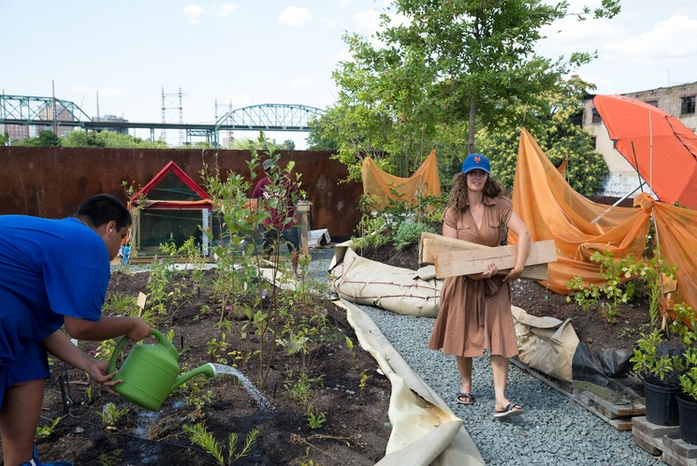Mauro Fiorese: Treasure Rooms at Robert Mann Gallery
By Jordan G. Teicher | Photograph Magazine
It’s perhaps inevitable that the museum, that carefully curated and guarded space for seeing and exploring, would become a favorite subject of examination in its own right.
But in several recent works, photographers who have turned their attention to museums have highlighted not what’s immediately viewable, but what’s just out of sight. In his series Skeletons in the Closet, 2014, Klaus Pichler photographed the uncanny scenes found in off-limits corridors and workshops at Vienna’s Museum of Natural History. As part of his series Animal Logic, 2010, Richard Barnes often photographed natural history exhibits as they were being assembled. Alec Soth, meanwhile, focused on guards, those largely unseen but vital guardians of culture, in front of their favorite pieces at the Minneapolis Institute of Art for the museum’s anthology, The Art of Wonder, 2014.
To read the full review, please click here.









